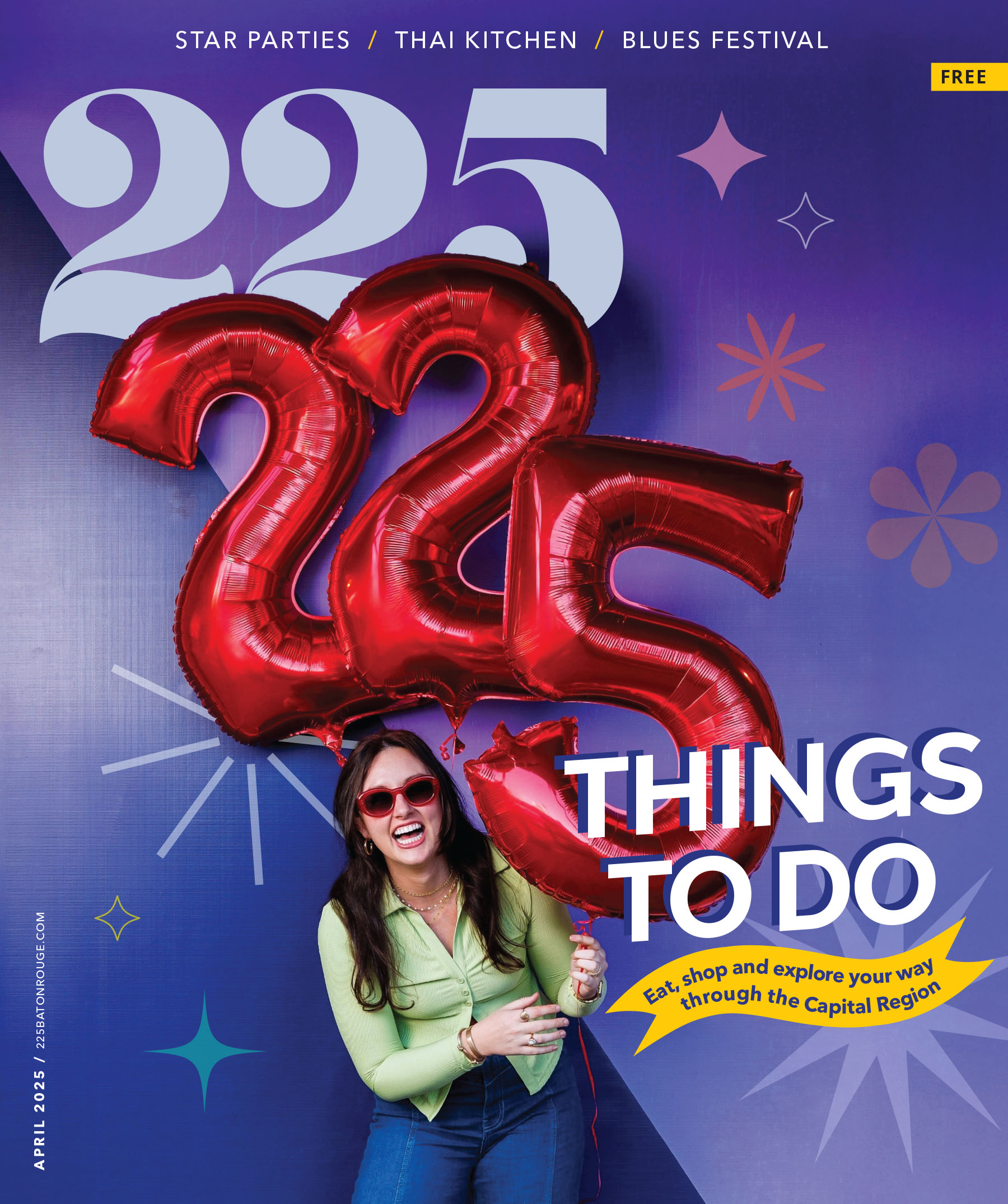Courtesy LSU Athletics
The massive parking lot parties outside of Tiger Stadium every Saturday in the fall are more than an excuse to overeat juicy burgers, blast loud music and chant “Tiger Bait!” at passing opponents. They’re part of history.
The Tigers played their first football game on Nov. 25, 1893, and it’s not hard to believe there were reveling fans back then, too.
But long before then, tailgating existed in the form of ancient harvest festivals, Civil War patriotism and other activities.
The first tailgates can be traced to the Civil War Battle of Bull Run, when civilians from both sides gathered on the outskirts of the battleground and picnicked while rooting for their “teams,” according to the Collegiate Times.
A big step in the evolution of tailgating was the invention of the chuckwagon in 1866. The U.S. Army wagon-turned-portable grill was used as a meeting place for food and socializing during long cattle hauls.
Some say collegiate tailgating began at Ivy League games in the early 1900s, where parking was so limited that fans would arrive hours early. Naturally, they would pass the time by eating and socializing.
In a two-year study called “A Cultural Analysis of Tailgating,” authors John Sherry and Tonya Bradford explore America’s obsession with football, comparing tailgating to fall festivals in ancient Greece and Rome. People basked in autumn weather and took part in massive food consumption to celebrate the summer harvest before winter.
It may seem like a stretch to compare Greeks and Romans to boisterous college students and football fans, but the festivities are alike in nature—both include music, feasting, games and a palpable sense of community.
So why hasn’t tailgating caught on with other American sports, such as baseball or basketball?
Much of it has to do with comfortable fall weather during football season. The study also references football as the only American sport that really satisfies our love of drama in comparison to sports with a slower pace and less physical contact.
Modern-day tailgating could have originated from any combination of these theories, but only one thing is for certain: Saturdays outside of Death Valley brim with passion and camaraderie for our Fighting Tigers.
—Amanda Capritto








